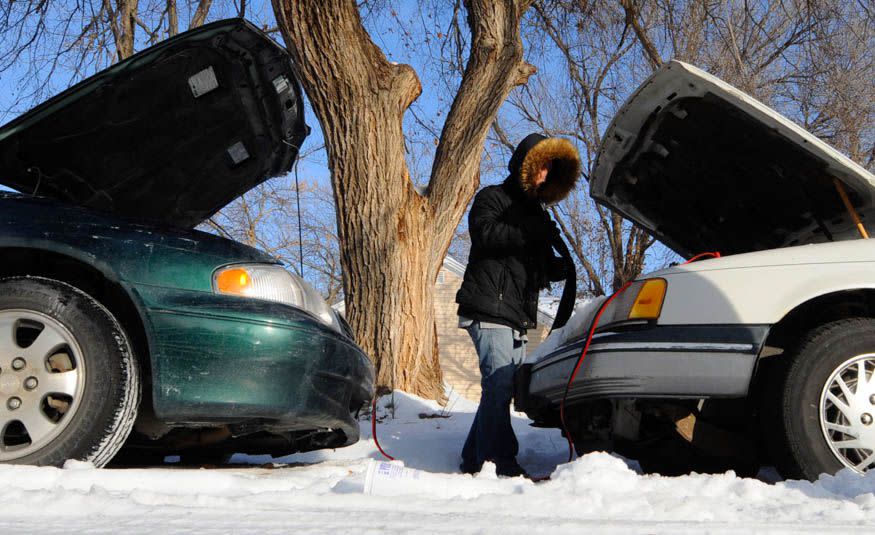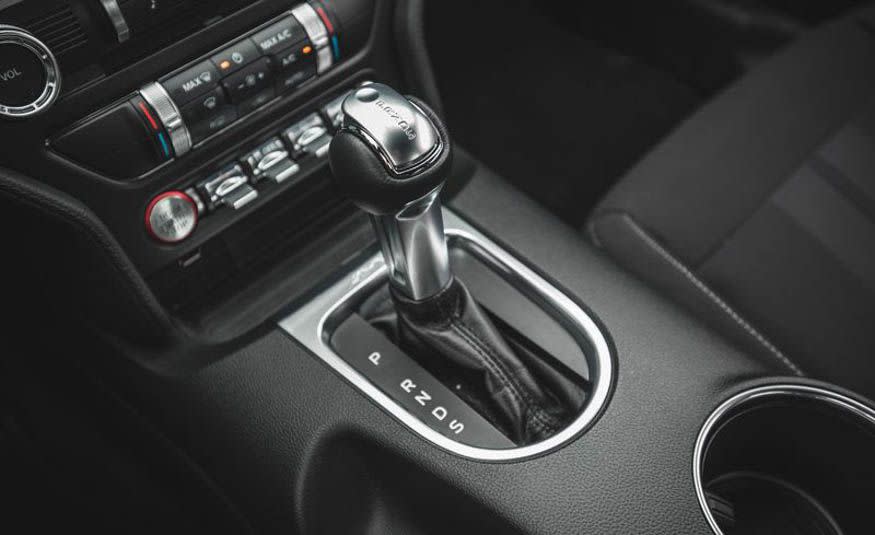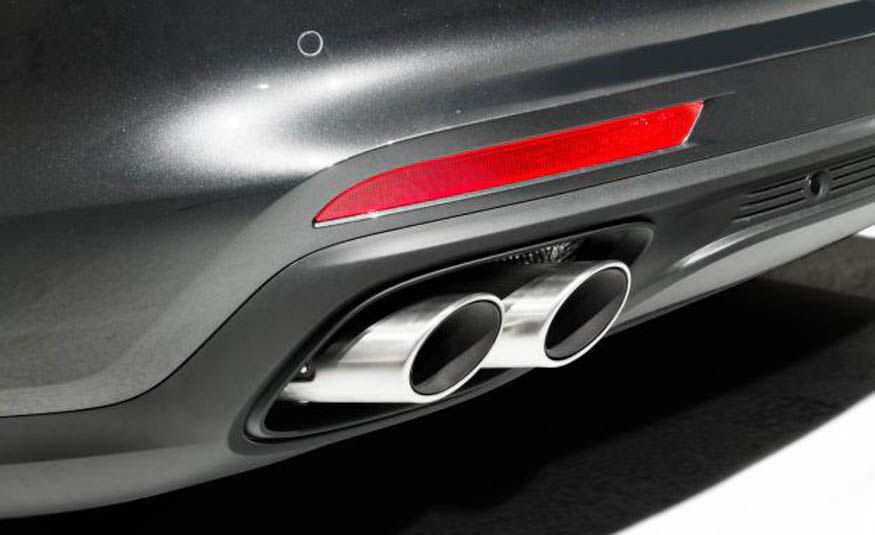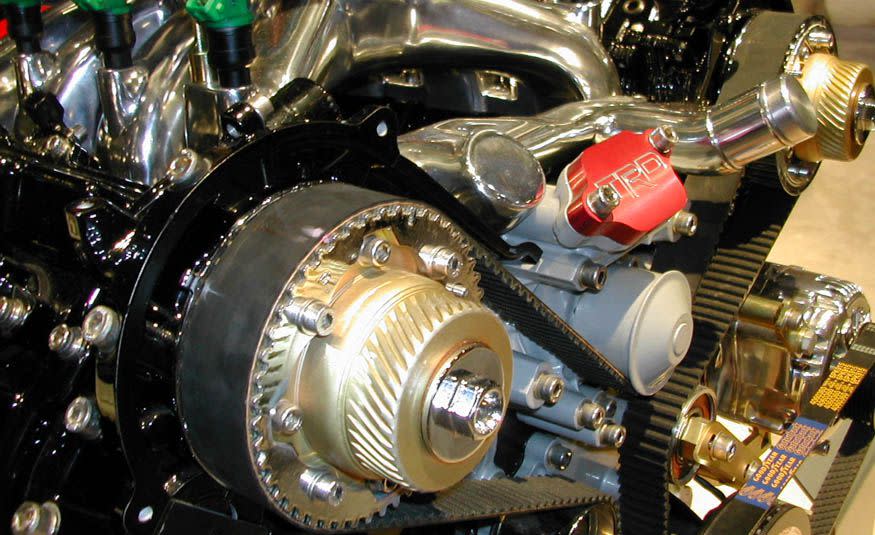Five Freaky Car Noises (and What They Can Mean)

Car problems can start with a bang or some variation of the worst noise you can imagine. There could be a clunk and a shudder from the transmission, or sudden banshee-like squeals from the depths of the engine bay. In some cases, the worst noise can be no noise at all: You turn the key, and the car is dead.
One thing all these squeals, rattles, and various rumbles have in common is that they sound expensive. But understanding what your car is trying to tell you is a great first step to solving the problem-and to helping avoid unnecessary repair bills. For this crash course in understanding car language, we’ve enlisted the help and advice of a master mechanic, someone who has worked on some of the world’s rarest, fastest, and coolest cars.
Our instructor for this automotive tutorial is Conrad Stevenson, owner of Conrad Stevenson Restorations in Berkeley, California. When he’s not talking to C/D about what a broken exhaust or a busted U-joint might sound like, Stevenson spends his time repairing and restoring primarily vintage Alfa Romeos of all shapes, sizes, and eras. From pre–World War II purebred racing machines to jaunty Fiat minivans and Alfa convertibles from the 1950s, Stevenson is an ace at keeping extremely beautiful-and sometimes complicated-automobiles in perfect running condition.
Granted, having a mechanic of Stevenson’s caliber onboard for general car advice is like hiring an electrician to change a light bulb. But since no one likes getting burned when it comes to paying for car repairs, we thought it smart to get the very best to lend a hand.
1. The Sound of Silence: A Dead Battery?

Let’s call this problem “the sound of silence,” since a battery that’s completely dead leaves you with a car that has seemingly gone into silent-running mode. With a weak battery, you’ll likely get a whir-whir noise from the starter motor and engine as the car struggles to start. If the battery is truly 100 percent gone, nothing will happen; even the dashboard lights will likely go completely dark.
Stevenson said the best way to avoid battery problems in the first place is not to cheap out when it comes to buying one. “If you’d like your car to start in that dark alley or after a bank heist, don’t get the cheapest low-output battery,” he explained. The price of a replacement battery varies for each car, although $75 to $150 should cover most vehicles. “On newer cars, the battery usually goes out after four years, and they often don’t give a lot of warning,” Stevenson said. “When you turn the key, you may hear a click or a ratcheting sound of the solenoid drive of the starter bouncing back and forth on the ring gear.” He warned against trying to keep an old battery going through frequent jump-starts. “[It’s] best to get the old battery out of the car and fit a new battery in its place, as the old battery will act as a sink and steal useful voltage.”
2. Tapping When Turning: Worn Joints?

Unlike a dead battery, which can leave you stopped in your tracks, worn out U-joints and constant-velocity (CV) joints can soldier on for a long time in an ailing car. That’s not necessarily a good thing, since ignoring the problem can make things worse. When it comes to worn CV joints, Stevenson said, the warning sound might make you think about a round of dance lessons-although it really should get you to a repair shop. CV joints, he said, “are things that work very hard in all cars. They transfer torque to the wheels of a car through the driveshaft[s].” Stevenson said a knocking or tapping sound is a surefire sign of worn CV joints. “On newer front-wheel-drive and all-wheel-drive cars, they can make a clacking sound like a tap dancer with a broken leg, especially when turning.” One key thing to keep in mind: Should one CV joint fail, make sure all of them get properly inspected. Another could be on its last legs, too.
When it comes to a U-joint, Stevenson said, you’ll feel the problem as much as hear it. “An ailing U-joint usually gives a solid thunking sound, felt in the seat of your pants when applying the gas from a stop,” he said. This essential piece of hardware works in cooperation with the transmission and driveshaft to deliver torque to the car’s driven wheels. Ignore the thunking sound at your own risk, because a complete failure is a major problem.
3. Excess Revving: Failing Transmission or Something Simpler?

Stevenson has a word of warning when it comes to knowing if your car has a potentially ill transmission. The symptom is knocking or tapping noises that sound like a worn CV joint or U-joint, although the location of the noises (and the related performance issues) should determine if the gearbox is to blame. “Transmissions can give the same sort of sounds and sensations as a CV joint or U-joint failing, but the noise will come from the area of the transmission,” Stevenson said. He said a failing gearbox might start “slipping and selecting the wrong gear,” which could lead to excess revving from the engine.
Modern transmissions have a high degree of electronic control, so these symptoms could indicate a software problem, worn solenoids, or other items that don’t necessitate full replacement of the transmission. Have it checked by a professional to avoid handing over hundreds or even thousands of unnecessary dollars for a new gearbox.
4. Throaty Thunder: Broken Exhaust or Worn-Out Muffler?

Unless your daily commute resembles a chase scene from Mad Max, a broken exhaust is one of the easier of these five freaky car sounds to diagnose. When your smooth-running car or truck suddenly sounds like an angry tractor, chances are good that something within the exhaust system is to blame. Stevenson colorfully referred to the problem as “a sudden loud Days of Thunder sound,” referencing the Tom Cruise NASCAR-themed racing film from 1990.
While the accuracy of the film’s race scenes remains dubious, there’s no doubt Stevenson is correct in his acoustic comparison. No, your 1998 Toyota Camry really should not sound like it’s heading to the Daytona 500. The problem could be a broken exhaust manifold, or it could be further downstream in the exhaust system’s pipes and its connection to the muffler. If your car sounds like it needs to lay off spicy food, have the exhaust system checked out.
5. Squealing beneath the Hood: Slipping Engine Belts?

Unlike many of the classic cars Conrad Stevenson encounters, on which a broken belt could lead to catastrophic engine damage, many modern cars have fail-safe modes in case a vital belt snaps. In the past, a broken timing belt might cause a sudden and terminal encounter between the engine’s pistons and valves. Without getting hypertechnical, that’s about as bad (and pricey) as car problems get.
Of course, not all belts perform the same task. Timing belts connect the engine’s crankshaft to the camshafts and valves, and the cam in turn controls the valves, which allow the engine to breathe. In modern cars, it’s common for serpentine belts to perform a variety of functions such as turning the power steering pump, the A/C compressor, the water pump, and the alternator, to name a few. When a belt begins to wear and slip, a telltale sign is a loud squealing noise coming from the engine bay. This could happen when you’re making a sharp turn-if so, that’s a sign that the belt in question is affecting the power-steering pump-or when turning on the air conditioner, which indicates the issue could be the compressor or some pulley closely associated with the ventilation system.
Whatever the case, Stevenson said the shrill squealing is best solved by simply replacing the belts. It’s usually an inexpensive and quick fix.
You Might Also Like

